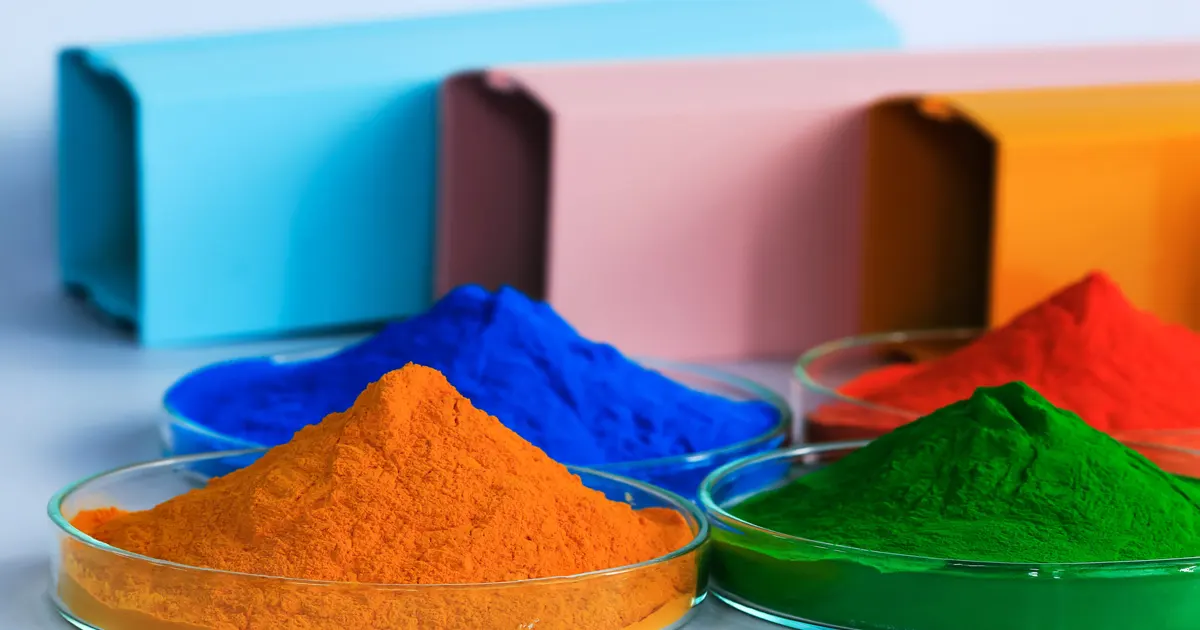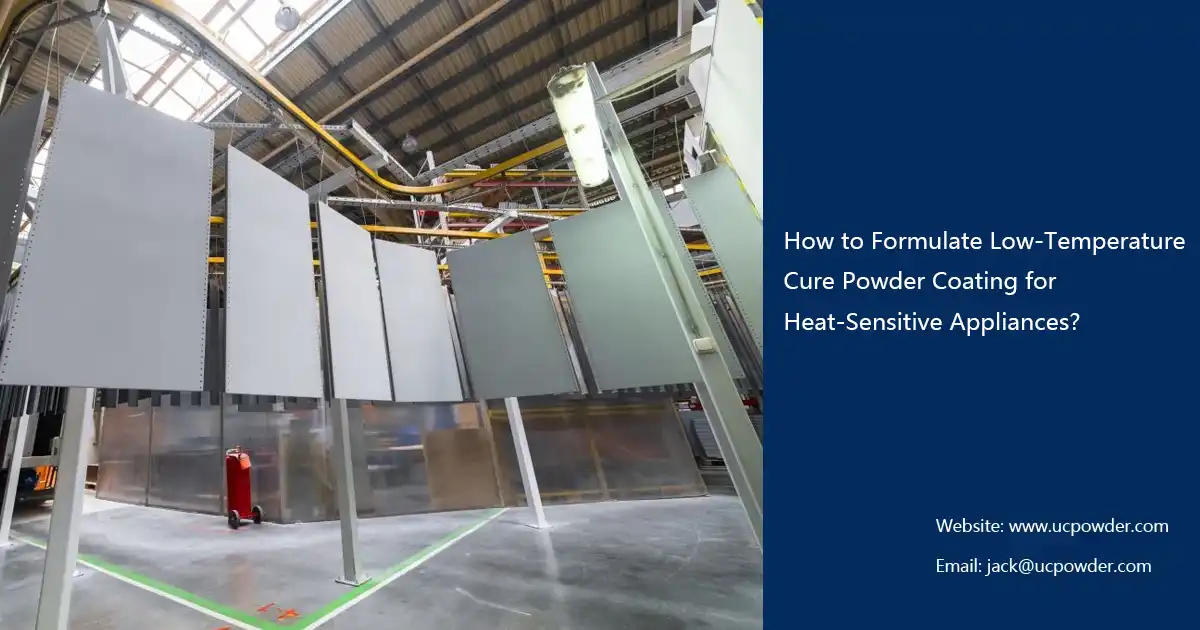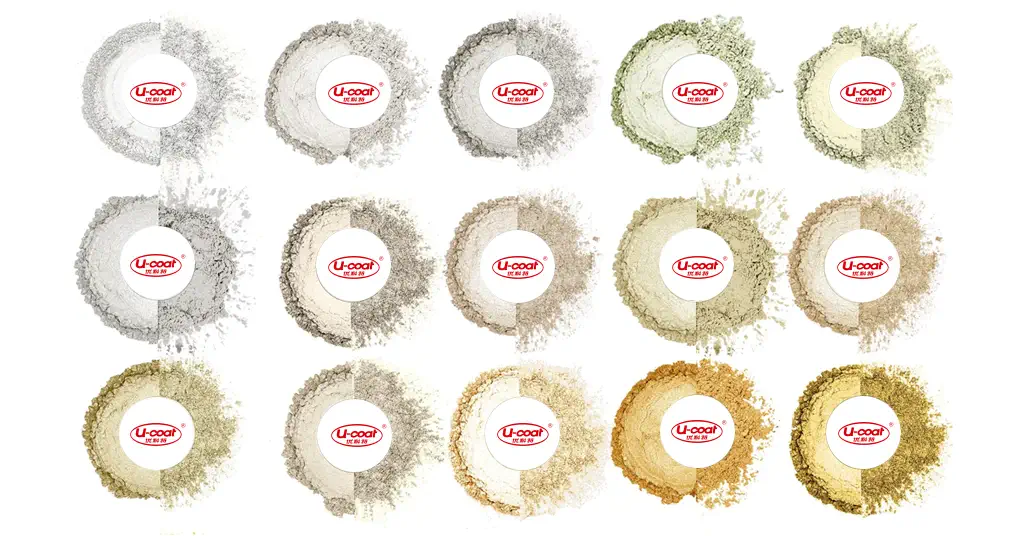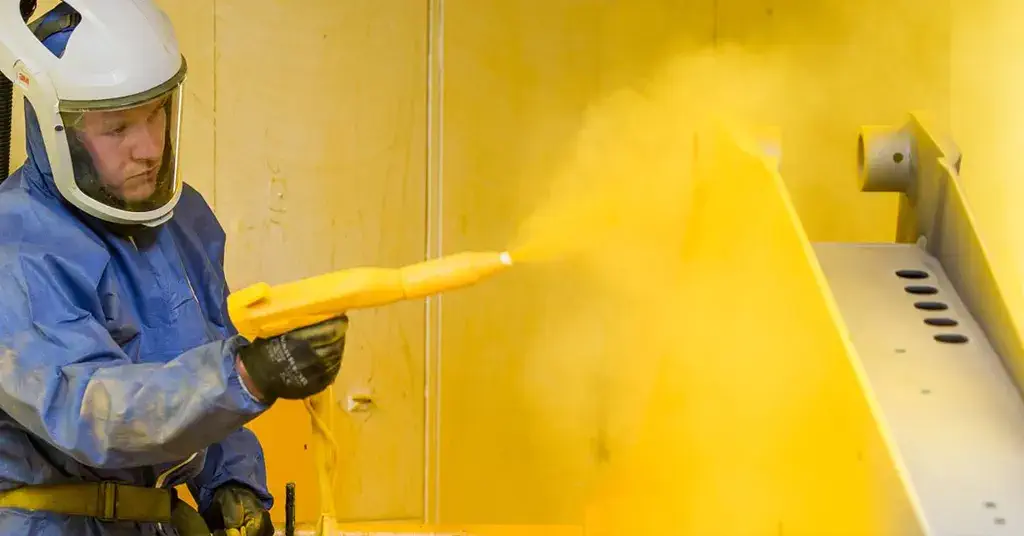Powder coating application methods: from basics to advanced
Powder coating is a coating film formed by applying a mixture of resin, curing agent, filler, pigment, etc. to the surface of a substrate using processes such as electrostatic spraying or fluidized spraying, and then baking and solidifying at high temperatures. Powder coating has the advantages of environmental protection, corrosion resistance, wear resistance, etc., and has been widely used in industry, construction, home furnishing, electrical appliances, medical treatment, agriculture and other fields.
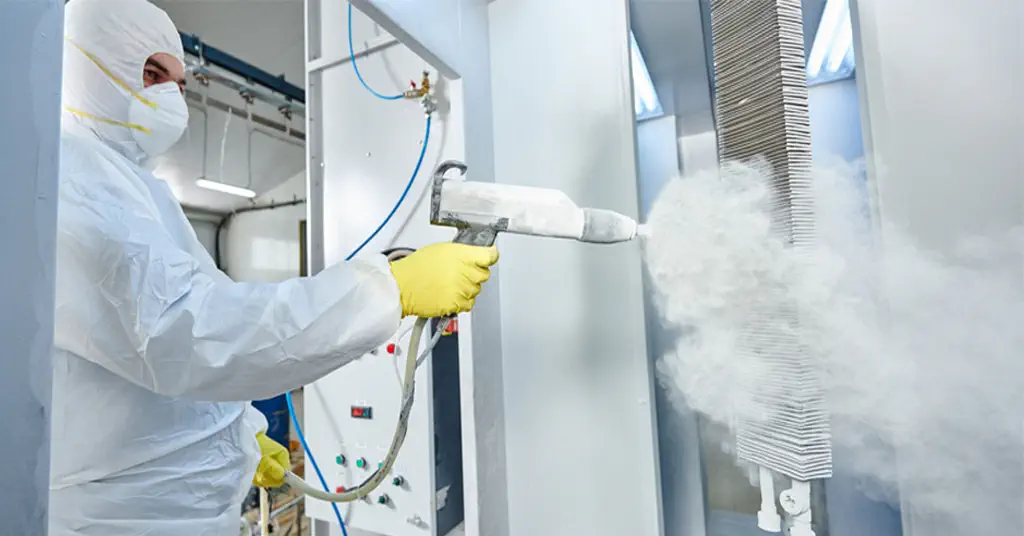
1. What are the common powder coating application methods?
Different substrates to be coated and application environments pose many challenges to powder coating application methods. To solve these problems, powder coating engineers have developed many different powder coating application methods. Common powder coating application methods include: electrostatic spraying, fluidized bed coating, electrophoresis coating, magnetic coating, vibration coating, etc.
Electrostatic spraying is the most common coating application method in the field of powder coating applications. Its working principle is to attract each other between the positive charges on the parts to be sprayed and the negative charges on the paint powder after passing through the spray gun. , firmly adsorb the coating powder to the surface of the substrate. After that, the heating curing and drying process is performed to allow the powder coating to adhere firmly to the substrate in the form of a coating.
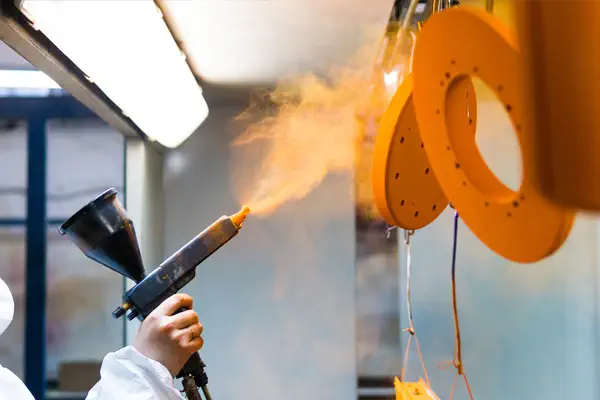
Fluidized bed coating of powder coating is a specific powder coating technology that is usually used for small parts and special applications. In this method, the powder coating is suspended in the airflow in the form of a powder bed, and the workpiece is passed through this powder bed, so that the powder coating evenly adheres to the surface of the workpiece. The subsequent curing and drying process is consistent with the classic spraying process. Fluidized bed coating is usually used for parts that require uniform spraying and the workpiece is small in size. It is not suitable for large or replica-shaped workpieces.
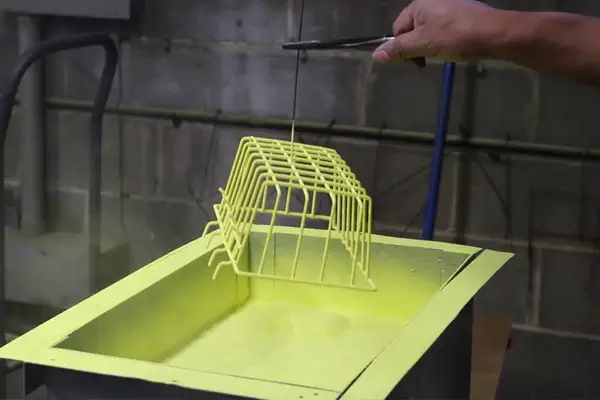
c. Friction spraying
It is a coating method that uses the friction between the powder coating and the surface of the workpiece to charge the powder coating and adsorb it on the surface of the workpiece. Friction spraying has the advantages of high coating efficiency, good coating quality, and environmental friendliness. When using the friction spraying process, the workpiece needs to be in contact with the high-speed rotating drum of the powder coating to ensure the adsorption integrity of the coating powder.
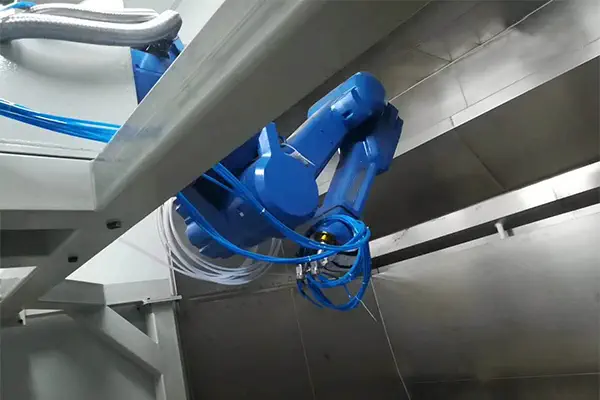
2. Specific application methods of powder coatings (taking electrostatic spraying as an example)
a. Choose the right powder coating type
Before starting the electrostatic spraying process, please select the appropriate powder coating type based on the type of substrate and workpiece material to be sprayed. The applicable environments and base materials of epoxy resin powder, epoxy polyester powder, polyurethane powder, acrylic resin powder, and fluorocarbon powder are quite different.
b. Disassemble small workpieces that do not require powder coating
The spray-bake-cured powder coating will stick to all parts of the equipment like glue. If these small workpieces are not dismantled in time or specific screw hole parts are not sealed, it will cause the powder coating in the screw holes or small workpieces to become unusable later.
c. Thoroughly clean the substrate to be sprayed
There may be some rust on the metal substrate to be sprayed, which can be cleaned first using sandblasting. If foreign matter such as grease is present, chemical solvents can be used to clean it. Soft metals such as magnesium and aluminum can also be cleaned using wire brushes and solvents for subsequent coating powder application.
d. Use an electrostatic gun to spray
Charge the powder coating gun electrostatically before use, and then ground the substrate to be sprayed. In this way, the electrostatically charged coating powder will be sprayed on the substrate, attracted by the positive electricity, and firmly adsorbed on the surface of the workpiece. Be careful not to brush or blow the powder coating before the powder coating is melted and solidified, otherwise it will cause the paint adsorbed on the workpiece to fall off, affecting the overall spraying effect.
e. Melt-cured powder coating
Traditional ovens are more suitable for melting and solidifying powder coatings on small-volume workpieces. Some special substrates may require UV irradiation to assist the powder coating’s melt-curing process. Under normal circumstances, the melting and curing temperature of powder coating is between 175°C and 190°C, and the process can be completed by continuing to bake for about 10-15 minutes.
3. Precautions in powder coating application methods
There are some key things to note when using powder coating application methods to ensure a high-quality coating and a safe working environment. Here are some considerations.
a. Safe operation
- Use personal protective equipment such as goggles, respirators, gloves, and protective clothing to prevent powder coating from entering the eyes, respiratory tract, or coming into contact with skin.
- Avoid breathing dust, especially harmful dusts, and use appropriate respiratory protection.
- Make sure the work area is well ventilated to remove dust and harmful gases and prevent the risk of fire and explosion.
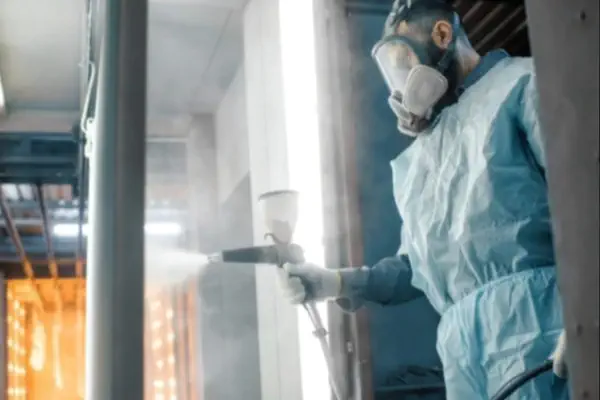
b. Painting parameter control
- Precisely control spraying parameters such as powder coating volume, thickness and uniformity.
- Make sure to use the correct spray gun and nozzle for your specific powder coating and workpiece.

c. Coating powder recycling and waste disposal
- Recycle excess powder coating to reduce waste, but make sure the recycled powder is clean and free of impurities.
- Properly dispose of discarded powder coatings and related waste and comply with local environmental regulations.
d. Training on operating procedures and regular maintenance of equipment
- Train operating personnel to ensure they understand operating procedures, safety requirements and how to handle emergencies.
- Develop and follow detailed operating procedures to ensure consistency and quality of the painting process.
- Regularly inspect and maintain spray equipment, clean and maintain nozzles, electrodes and other key components to maintain coating quality.
Powder coating is a new type of coating with the advantages of environmental protection, corrosion resistance and wear resistance. This article introduces the application methods of powder coatings in detail from basic to advanced to help you quickly master the application skills of powder coatings. From the preparation before powder coating coating to the spraying principle of powder coating and the melting and solidification process of powder coating, the application methods and machines of powder coating are demonstrated in all aspects. In particular, the relevant precautions ensure the effectiveness and safety of your use of powder coatings. With the continuous development of powder coating technology, powder coatings will be more widely used in the future. If you have any questions about powder coating, our senior technical team will provide you with free solutions.

Erik
Doctor of Chemical Engineering, expert in the field of powder coatings, with over 20 years of professional experience in the research and application of powder coatings
Have Anything To Ask Us?
